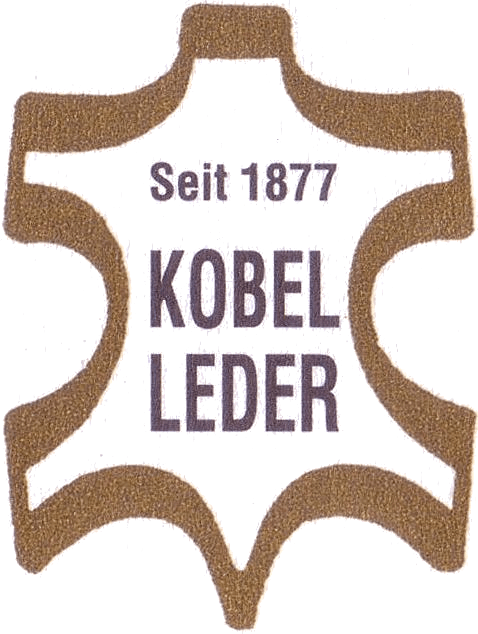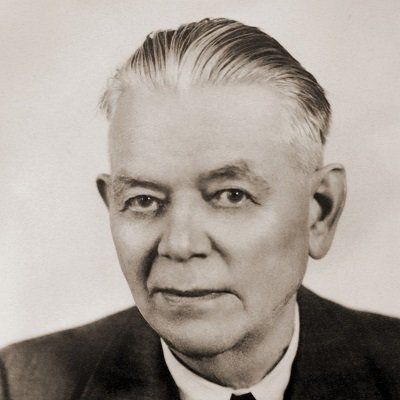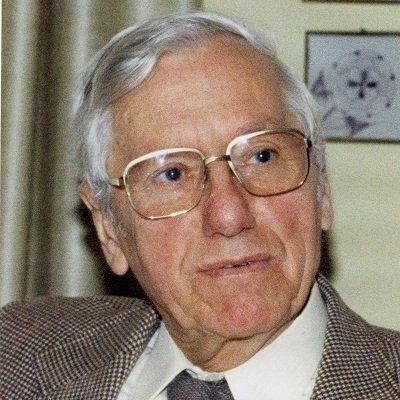Leather. Our passion since 1877
Our Story

At the current location, Johann Hinrich Olde set up a tannery, which he ran alongside his cobbler's shop.
In 1817 Claus Burmester, also a cobbler, bought the tannery and handed it over to his son Marcus Burmester in 1851.
After his death in 1860, Burmester's widow married Heinrich Jargstorff.

Hubertus Carl Bonifatius Kobel, who later founded the Kobel Tannery, was born on September 20, 1843 in Hessisch Oldendorf, a town located close to the river Weser.
After his apprenticeship at the tannery "Gieseler" in his hometown, he went on a journey to Denmark. On the way back he came to Kellinghusen for the first time, to the tannery "Jargstorff".
Back home, he leased a small tannery nearby. The lease was terminated shortly afterwards with the outbreak of the Franco-Prussian War, and he took part in the campaign against France.
In 1872 he went to Quincy, in the United States, to work as a master craftsman in a calf leather tannery. There he married his wife from Kellinghusen.

Heinrich Jargstorff was elected the first mayor of the city of Kellinghusen when he received city rights.
He then offered his tannery to Hubertus for sale.
The young family - in the meantime their son Bernhard was born - did not hesitate and went back to Kellinghusen in 1876.
Hubertus Kobel bought the tannery and founded the company Hubertus Kobel on January 11, 1877.
Initially, sole leather, blackened vegetable tanned leather and pantine leather were produced and sold to shoemakers in the area and to the large shoe factories in Barmstedt and Preetz.
From 1890 harness leather was also produced for the leather traders and saddlers.
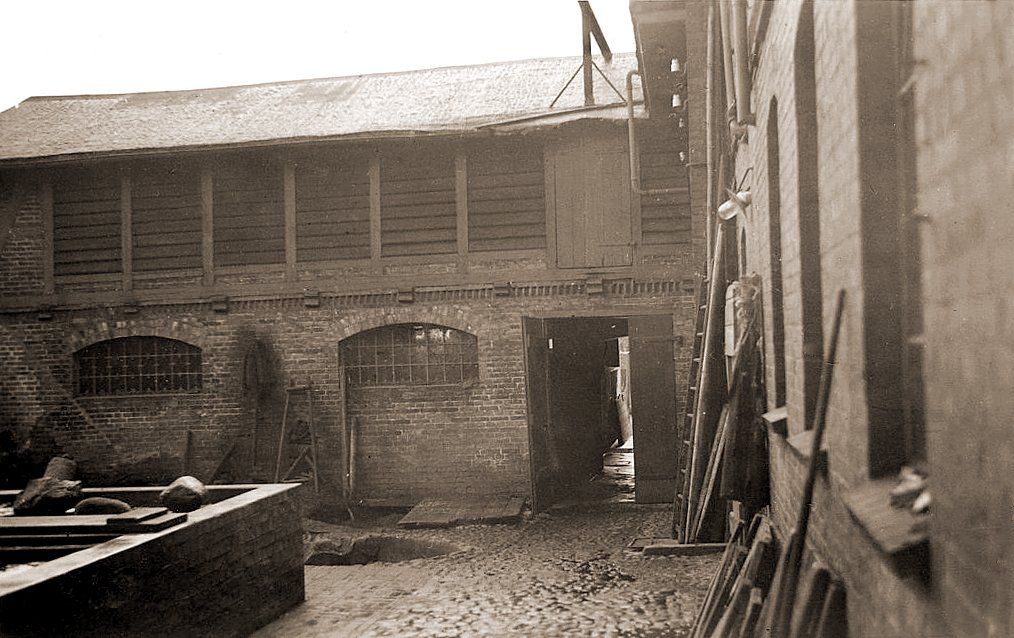
Hubertus's eldest son Bernhard completed an apprenticeship as a tanner from 1890 to 1893.
After two years of military service, he went on a journey that took him via Switzerland to Naples to the tannery "Fratelli Jacobiti".
In October 1900 he passed his master craftsman examination in Freiberg, Saxony.
In 1902 Hubertus handed over the tannery to his son after he had largely rebuilt it.
Bernhard continued to modernize and acquired a steam boiler in 1908 and the associated steam engine in 1910.

On July 1, 1911, when Hugo Kobel joined the Kobel leather factory, it became the leather factory "Gebrüder Kobel" (which means Kobel brothers).
In the same year the first leather processing machine, an ironing machine, was bought. This was still in service until the 1970s.
Hugo completed a commercial apprenticeship between 1902 and 1905 and after his military service still worked for manufactured goods stores in Barmstedt and Hamburg.
At the beginning of the First World War in 1914, Hugo was drafted to the Western Front, while Bernhard continued to run the company and mainly produced shoe uppers for the military.
In 1919, despite difficult times, the first tanning barrels were purchased.
When the company founder died in 1920, his sons were able to expand the sales markets to Mecklenburg, Pomerania, East and West Prussia and Silesia.
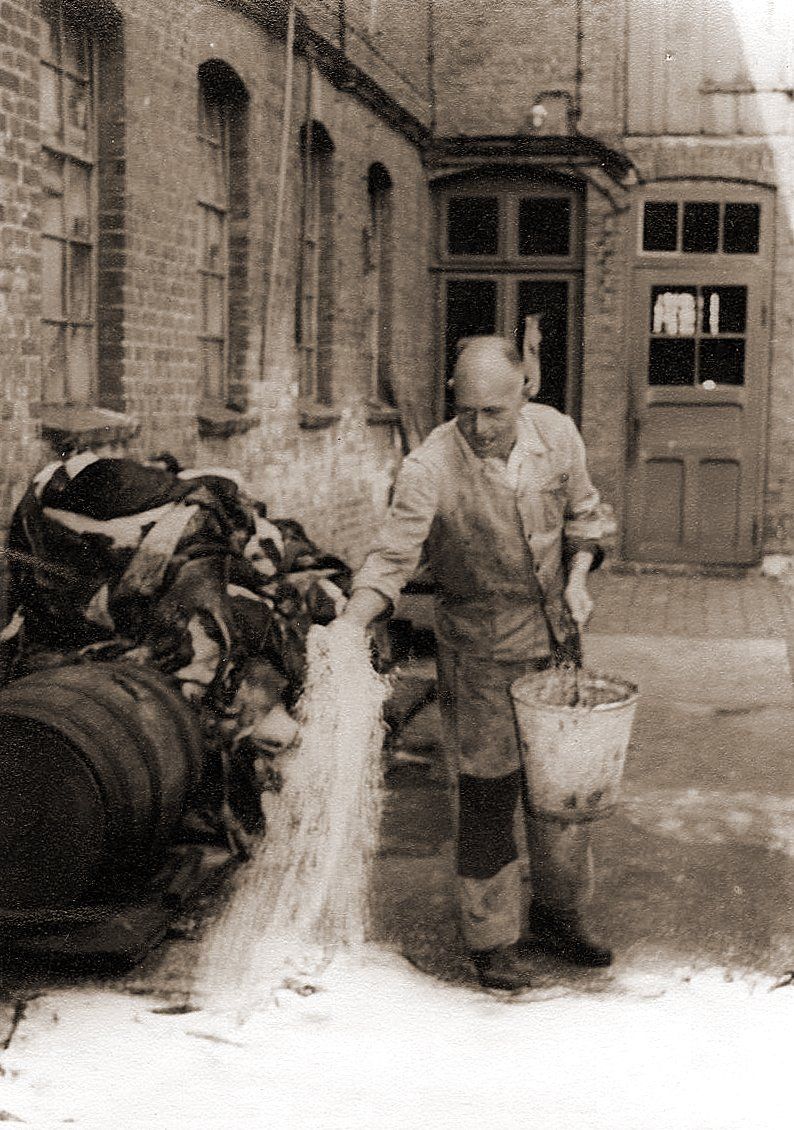
After graduating from high school, Bernhard's son Fritz began an apprenticeship as a tanner, worked for various companies and passed his master craftsman examination.
After the death of his brother Hans, Fritz returned to Kellinghusen in 1938 at the request of his parents to become part of the family business.
When the Second World War broke out, the workload lay with the brothers Bernhard and Hugo, as Fritz was drafted as a soldier right from the start.

Fortunately, the company survived the war without significant damage and Fritz returned to Kellinghusen after a short captivity.
The eastern sales areas had been lost and only customers in Schleswig-Holstein and Hamburg remained.
On January 1st, 1949 Fritz Kobel became a partner in the company. His thirst for action, coupled with the experience of the two brothers, made it possible to expand the sales area as far as Hesse.
In the meantime, harness leather, hot-stuffed leather and vacheleather were mainly produced. The company was expanded and modernized.

Fritz 'eldest son Eckart faced a decision about his professional career in the mid-1960s.
There was not much left of the many leather factories in the north with what were once thousands of employees in hundreds of companies.
That is why he studied economics in Kiel and returned in 1970 after passing his exams in order to get to know the practical side better.
Internships in various companies followed. In one of them he got to know the master tanner Herbert Schröder, whom he piloted shortly afterwards to Kellinghusen and with whom he further modernized the business.
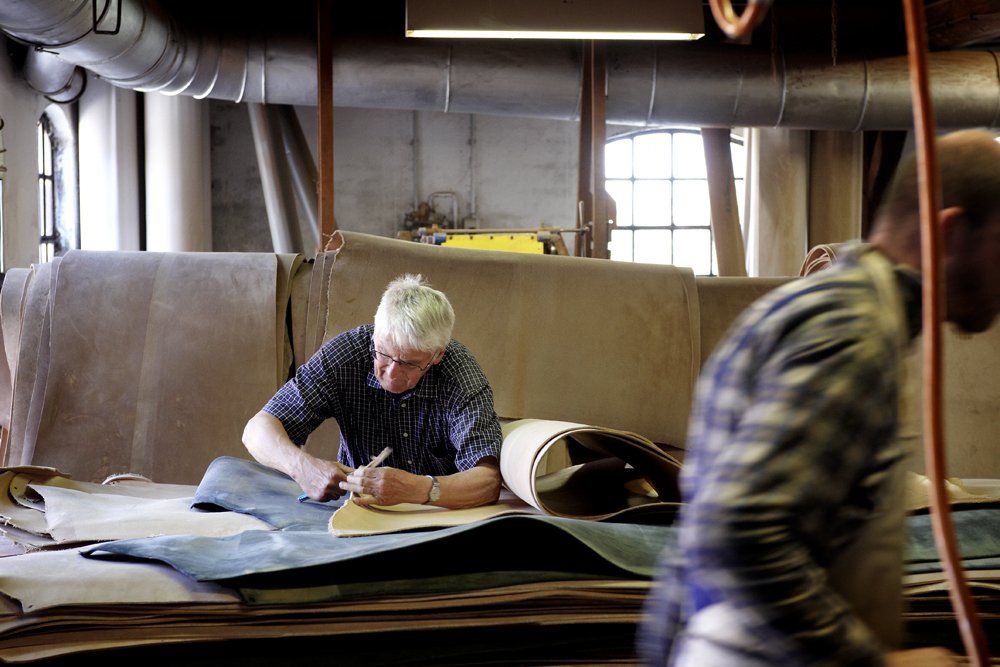
With Sebastian, Eckart's youngest son, the 5th generation joins the family business.
After graduating as a certified leather technician and various internships in rawhide trade and the chemical industry, they way went back home.
In the following years, there was a change in the range towards more aniline leather - which now makes up the majority of our articles.
History
5 generations - since 1877
